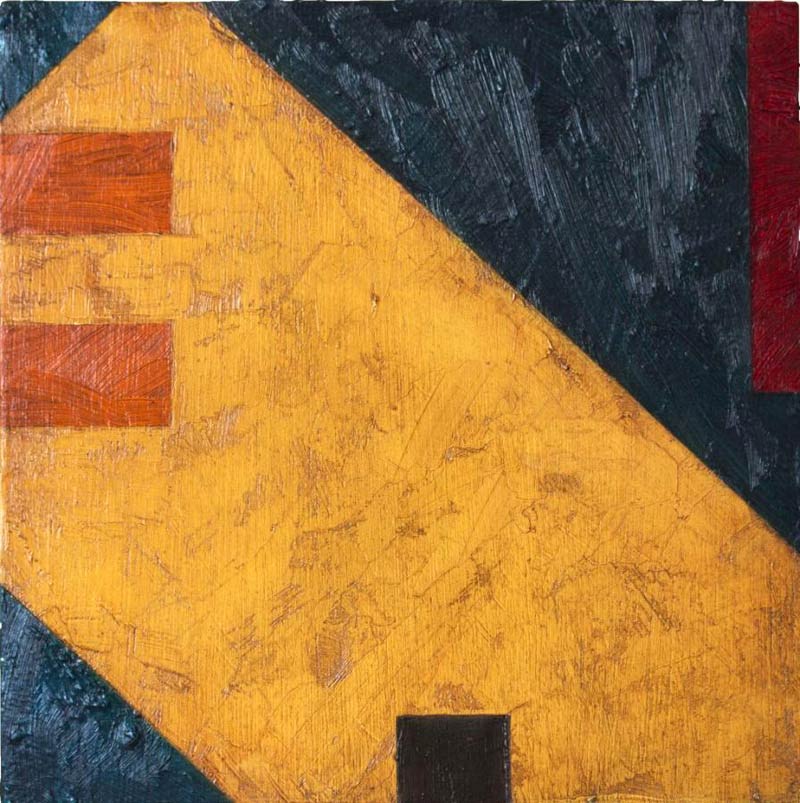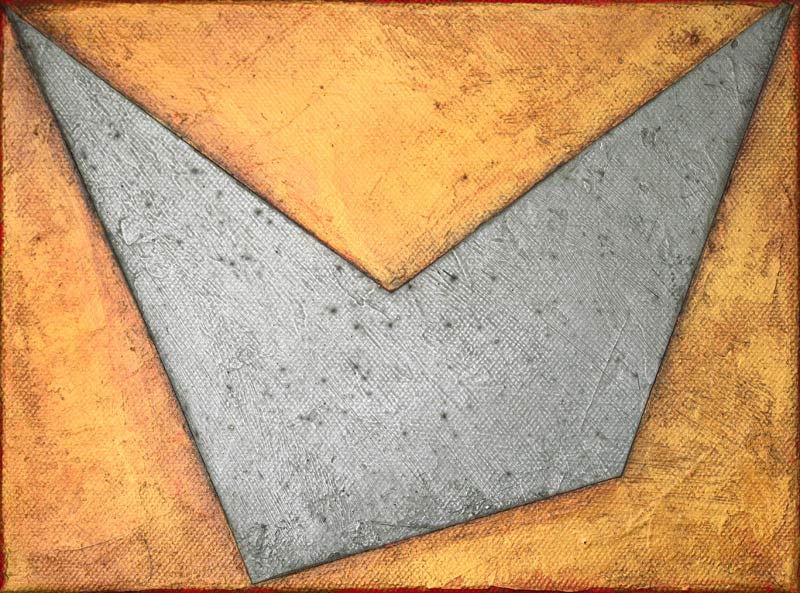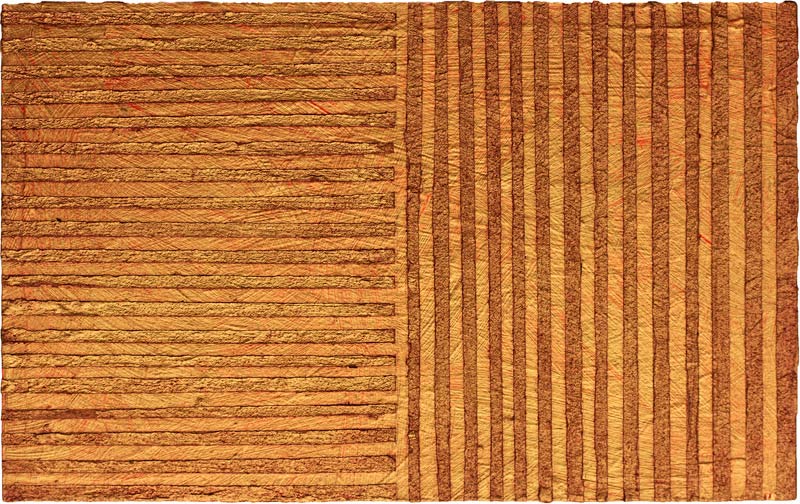Marek Radke was born in Olsztyn in 1952. In 1980s he moved to Germany where he presently lives and works. In 2008 he received a grant from The Pollock-Krasner Foundation (New York, US). In 2012, he was awarded the Prize of the Kunstverein Paderborn and the Sparkasse Paderborn-Detmold. Marek Radke has had in his career a number of solo exhibitions. His last big individual exhibit in Poland took place in National Museum in Szczecin in 2017. His artistic interests encompass mainly abstract painting and instalations. Marek Radke’s artworks have been presented at several exhibitions at the Retroavangarda Gallery in Warsaw.
Here is what dr Alexandra Sucrow has to say about Marek Radke’s newest pieces:
Color and shape are the most important notions in the artistic expression of Marek Radke, who treats surfaces, space and light in various and exuberant ways. Always clearly defined, geometrical forms of all kinds determine not only the shape but also the composition of his works; creating divisions of the surface into smaller fragments, or extending as far as their contours merge into the edges of a painting or an object. Embodied in distinct and luminous shades of monochromatic color, the forms hang on the wall like signs in a mysterious language, freely float in space or rest in an ocean of various objects in different sizes – as an invitation to play. When the light goes out, the situation changes; phosphorescent colors shine as others disappear in the darkness.
Radke creates an intriguingly colorful world that speaks equally to emotion and to intellect; opening space for asking questions. What happens when colors and shapes have their own meaning? What happens when one color has a special, overriding value and rises above the others in a mythological, material or even – concerning the constituents – economic sense?
In the series “Gold, Silver and…”, Radke tracks the possibilities, the radiance and the impact of these precious metals. The starting point of the study is gold leaf, a gift given the artist that had long been waiting in the studio for its time, and graphite that shines like silver when appropriately polished (as in the artist’s previous works). Both materials are placed side-by-side in rectangular fields. Here, the first questions appear. Does silver arouse in us different emotions than would glossy graphite? Is the work formed in gold and silver precisely because these metals are more expensive? Does an art work in gold and silver colors radiate more than a work in the colors of red and blue, and – if it is so – what radiates in it: gold and silver, as such? Or, is it connected with color associations and ideas? In other words: what exactly is the value of gold and silver?
Radke a long time ago found answers to such questions in his artistic creations. Combining gold and silver into his own palette of colors and materials – just as he did with graphite and the mirror surface on which he arranged colored pick-up sticks – the artist forms in his proven repertoire new, unique and tense situations. For example: gilded oval frames provocatively create compositions of inner life in shades of gold. As do a series of red stars, closely aligned on a golden background.
In Radke’s works, gold and silver glitter not only next to each other but also in the company of phosphorescent red or graphite that flashes with blackness. Sometimes, due to the color of the primer, they adopt individual shades: under the colorless oil glaze, gold on a red background is darker and more reddish, while silver on an ochre background achieves a golden shine. We encounter shades of gold and silver in various nuances – gold lightly glowing in reddish and copper; almost white, silver shines from light, goldish tones to a hue of anthracite.
These works often are built up from individual layers of color and material that in the end are always visible; not only at barely perceptible depths, but also as a result of the removal of stencils and strings by attrition, accident or by battering that is not entirely unintentional. The surfaces of Radke’s works are intentionally imperfect. They show the textures of brush strokes, paint smudges, grainy primer and drilling to the bottom layers – features that give the works their unique character. Deleted stencils and strings leave bold, sharp edges that break the light. Phosphorescent red primer highlights shining shades of gold and silver, simultaneously under a top layer of paint and next to it, drifting out of drilled holes or – when painted on the reverse side of the image mounted on the wall by handles that create distance – illuminating the surrounding wall with slender rays. When ultraviolet enters the game, the gold and silver disappear completely in the dark as the phosphorescent colors glow.
Radke deals with space not only in the uneven surfaces of painting. His work includes sculptural solids: balls, cubes that open from various sides, bars, and cones. Colorfully framed and partially interconnected, they are assembled in completely new, stylized forms that the artist sets on the floor, attaches to walls or hangs in space. He also applies primers with plastic texture, their concave fragments offering a colorful setting that produces an intriguing interplay of light and shadow. The use of graphite, gold and silver make it possible to obtain still more interesting effects.
In Radke’s hands, precious metals increase in significance and in value – they might be seen as something more than “Gold, Silver and…”
dr Alexandra Sucrow










Good